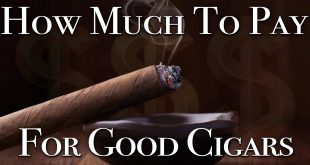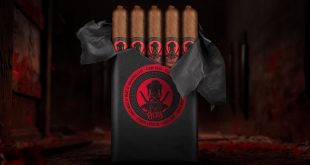A Closer Look at Cigar Wrappers
In part one of The Lowdown on Cigar Wrappers, we covered the basics more or less. But there’s a lot more to cigar wrappers than the core categories and shades. Overall there are at least 50 distinct different types of cigar wrapper, probably more. In part two, we take a look at some of the others including lesser-known cigar wrapper types and variations on more popular varieties.
What Factors Differentiate Cigar Wrappers?
What makes different cigar wrappers different from one another. There are a number of factors in play here and a distinct wrapper might use more than one of them in combination to achieve certain qualities. The method and time of curing and fermenting the leaf is a major one. Probably THE major one. All things being equal, your darker wrappers are cured, fermented and aged longer and have deeper, richer flavor notes. Those would include Maduros and Brazilian to name two. Natural and Candela wrappers are at the other end of that spectrum.
The method of curing is important too. For example, with the Candela wrapper heat is also used to speed the process and specifically to lock chlorophyl into the leaf which imparts the fresh, grassy flavors and pale green tone. The type of leaf and where it’s grown is also a differentiator of course, like the Connecticut wrapper varietals, for example. The type of leaf is a factor too. Most wrapper leaves are seco, meaning they come from the midsection of the tobacco plant. This is because these leaves offer the best properties for a wrapper. They are thinner and smoother and wider than the flavorful but coarse ligero at the top of the plant where the most sunlight reaches. Seco leaves have rich flavor and aromatic oils and burn evenly. With that, let’s dive into more wrappers.
Other Cigar Wrapper Categories
We covered the more familiar cigar wrappers in the first part of this article last week. Here are some of the other sub-varieties and variations you might want to check out.
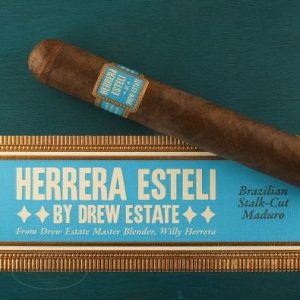
Brazilian Wrapper
The Brazilian wrappers are one of the less common types, but worth seeking out if you appreciate the darker cigars with deep, bold flavors. They appear drier than most of your darker wrappers and they are dark. Most often they are a deep, dark, mahogany brown that’s almost indistinguishable from black in low light. The flavors remind many of that other famous South American commodity, coffee, with just a hint of sweetness.
Try these cigars with Brazilian wrappers:
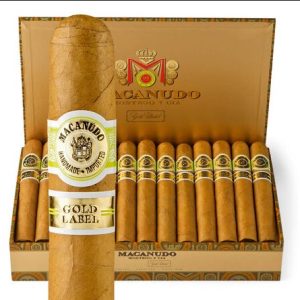
Connecticut Wrapper
Named after its birthplace, the Connecticut River Valley. The Connecticut wrapper is generally a light amber-brown color. It’s known for it’s mild but rich flavors with notes of creamy sweetness. Connecticut wrappers are found in some of the worlds most well-established cigars. They include cigars from Arturo Fuente, Macanudo and Montecristo. Within the Connecticut wrapper category there are other varietals. The two main ones being shade and broadleaf. Connecticut Habano is another more obscure varietal.
Try these cigars with Connecticut wrappers:
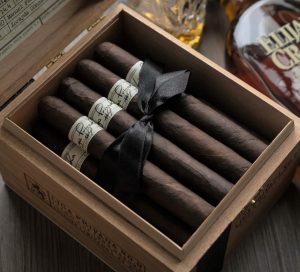
Connecticut Broadleaf Wrapper
This variation of the Connecticut is probably one of the most well-known maduro wrappers. Dark brown like roasted coffee with an oily sheen, the Connecticut Broadleaf lends delicious notes of figs, raisins, cedar and mulling spices to some truly superb cigars.
Try these cigars with Connecticut Broadleaf wrappers:

Cameroon Wrapper
While Africa isn’t the first place we think of when it comes to cigars, the rich soils of Cameroon produce some magnificent wrapper leaves. The Cameroon wrapper is cherished for it’s mellow, luxuriant blend of sugar and spice. The leaf itself is less oily than most, delicate and medium-light brown and not quite like anything else out there.
Try these cigars with Cameroon wrappers:
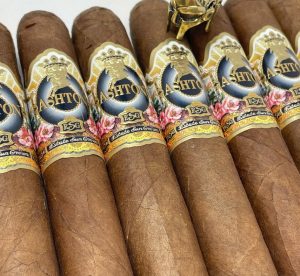
Dominican Wrapper
Here is one example where wrapper types can get a little confusing. A Dominican wrapper is grown in the D.R. However a wrapper can be both Dominican and Oscuro or Dominican and Habano (Habano seed, grown in the D.R.). In this case Dominican is the origin, Oscuro is a curing and fermenting method, Habano is a tobacco variety. See? Like we said, complex. There’s a lot to know but take your time. One thing you should know about Dominican wrappers is that Arturo Fuente is largely responsible for popularizing wrappers grown in the D.R. and they’ve made among the very best.
Try these cigars with Dominican wrappers:
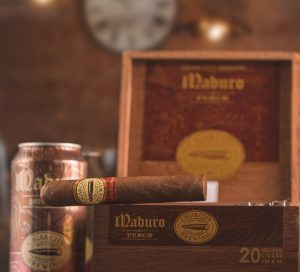
Honduran Wrapper
A regionally named wrapper, the Honduran wrapper is a little later to the game than some others. Like the Dominican Republic, Honduras wasn’t known for wrapper tobacco in the early days. A few prominent brands like Alec Bradley and Rocky Patel have found Honduran wrapper leaf to be up to the standards of some of the best. The shade of Honduran wrappers range from medium brown to a deep, rich, mahogany. They are known for flavors of rich earth, cocoa, aromatic wood and pepper.
Try these cigars with Honduran wrappers:
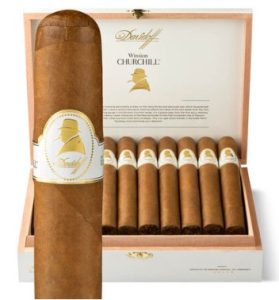
Ecuador Wrapper
Here’s another wrapper leaf identified primarily by the location where it’s grown. The Ecuador or Ecuadorian wrapper leaf is one of the less common, or somewhat exotic options. Ecuador wrappers are medium-dark brown typically and reveal coffee-like flavors along with notes of aromatic wood. There’s also an Ecuador Connecticut varietal which comes from Connecticut seed grown in Ecuador. It’s similar to Connecticut except that there’s typically a hint of pepper and spice to the creamy overtones.
Try these cigars with Ecuador wrappers:
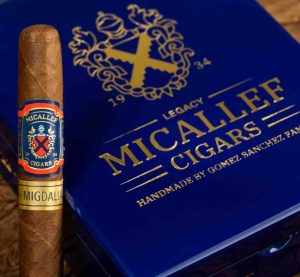
San Andrés Wrapper
Hailing from Mexico’s San Andrés valley where they grow in rich, volcanic soils, the San Andrés Wrapper is known for rich and vibrant flavor that gets noticed. The San Andrés are dark, dark brown like espresso beans and often (but not always) oily. Dark cocoa, roasted coffee beans and dark chocolate are frequently mentioned when smoker discuss a San Andrés wrapped cigar. San Andrés Oscuro is an extra-dark variant.
Try these cigars with San Andrés Wrappers:
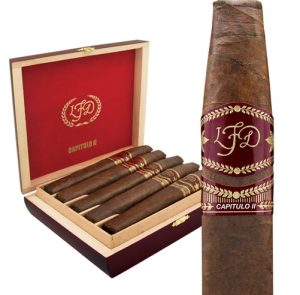
Sumatra Wrapper
Another somewhat exotic wrapper variety is the Sumatra. The fertile island nation of Indonesia in the South Pacific originally produced the tobacco for the Sumatra wrapper, but many of the best-known Sumatra wrappers are grown in Ecuador from Sumatra seed. Known for medium-light brown color, Sumatra wrappers feature notes cocoa, cinnamon and fresh cut hay.
Try these cigars with Sumatra Wrappers:
Smoke Inn is Your Cigar Shop
That should give any newer cigar smoker a solid baseline primer on wrappers. We’d like to think maybe the pros out there in the audience picked up a thing or two here as well. Like we said, there’s so much to know about wrappers that you can always learn more. As always, if you’re local or happen to be visiting South Florida, be sure to reward yourself with a visit to one of the country’s best cigar shops in person. We’d love to see you.
Our South Florida Locations:
- Smoke Inn Palm Beach Gardens
- Smoke Inn West Palm Beach
- Smoke Inn Delray Beach
- Smoke Inn Boynton Beach
- Smoke Inn Pompano Beach
- Smoke Inn Tequesta
- Smoke Inn Port St. Lucie
- Smoke Inn Vero Beach
 Smoke Inn Blog Smoke Inn Cigar Talk
Smoke Inn Blog Smoke Inn Cigar Talk

